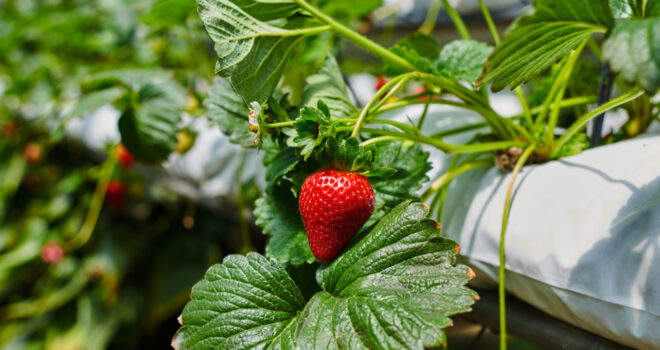While hydroponics seems like a fun way of growing basil on your balcony, it is also a valid alternative to traditional agricultural methods in many situations.
Hydroponics is one of many soilless growing systems. Here the plants grow on a substrate. A nutrient-enriched aqueous solution supplies the plants with the water, oxygen and minerals they need to grow. This method has various advantages, as it can easily be adapted for use in an urban setting, and can also optimise agricultural production.
A sustainable method that is suited to the city
You don’t need a lot of space for this type of system and the infrastructure is relatively light (geotextile pots, bags, gutters and so on). That is why hydroponics works so well in urban spaces, including in gardens, on roofs, balconies and façades.
A soilless system like hydroponics is especially interesting when the arable land is polluted, as is often the case with urban and peri-urban soil.
Hydroponics systems can also be located near the places where the produce is consumed, creating short food supply chains. Finally, this type of soilless system promotes more effective water management, allowing growers to save 75-90% water compared with traditional methods, where vegetables are grown directly in the ground.
Hydroponics increases agricultural yields
The grower no longer needs to worry about the weeds and pests that are traditionally found in soil. As a result, dependence on chemical inputs (herbicides, pesticides, etc.) is vastly reduced, as is their accumulation in plants and the environment.
Hydroponics also increases growers’ yields by 20-25%, compared with traditional soil-based agriculture. The roots are confined in smaller spaces, which means the number of plants per square metre is higher.
At the same time, it is worth bearing in mind that this system requires a substantial investment and involves a lot of technical know-how. It also relies on fossil fuels, as growers use plastic for building the system and fertiliser and mineral salts must be produced so this type of system can work.



 Bean sprouts
Bean sprouts  Chard
Chard  Crop Rotation
Crop Rotation 









